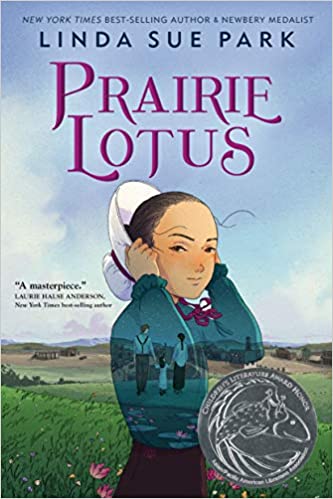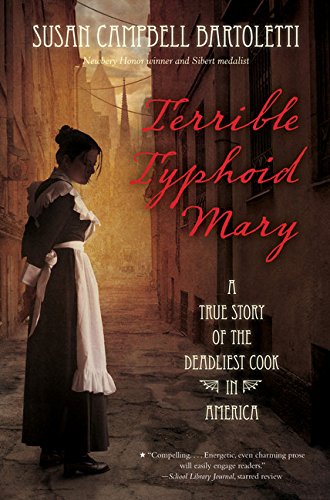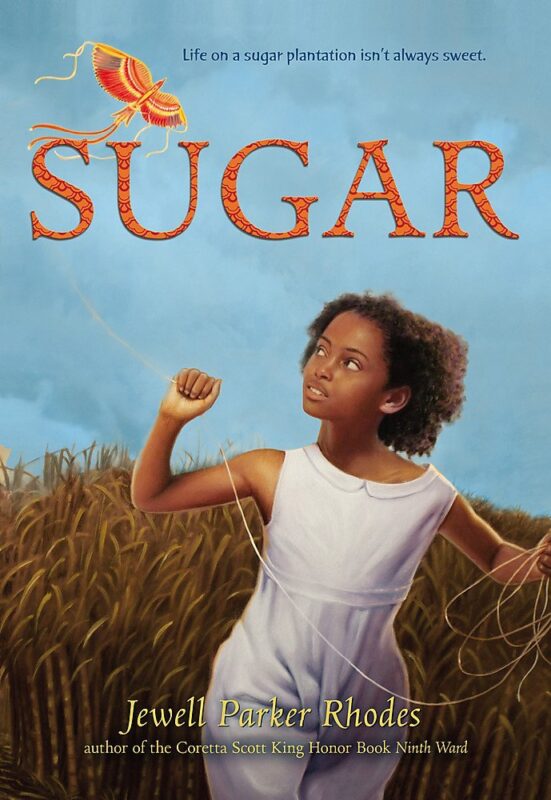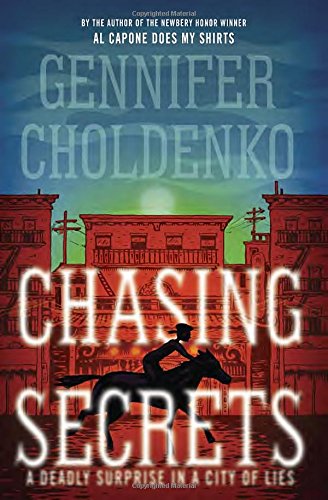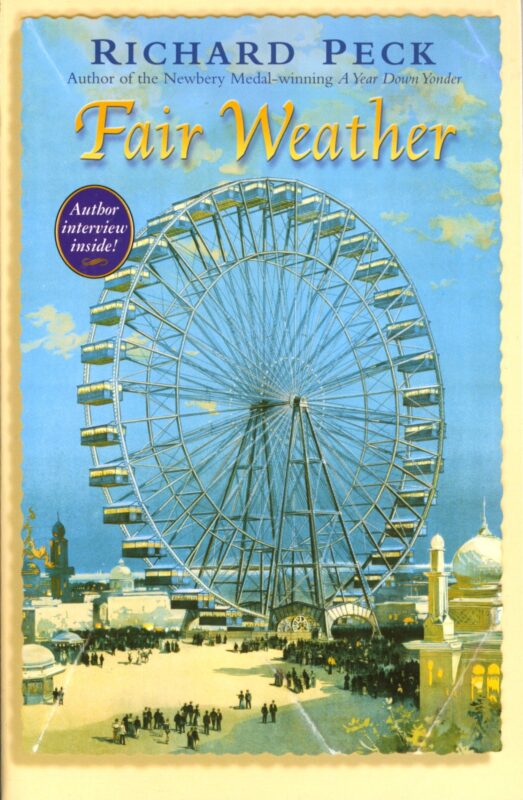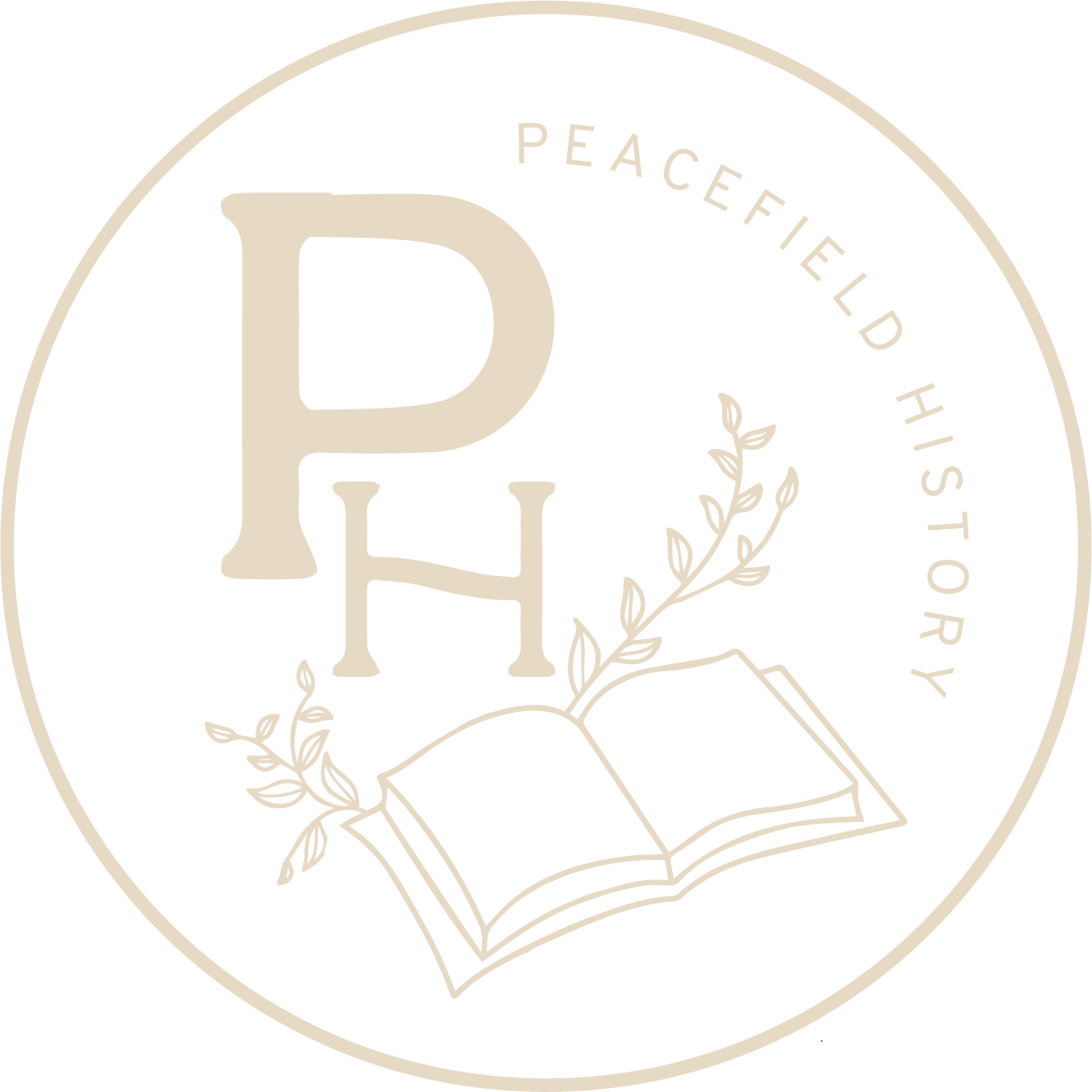Prairie Lotus
Series: Reads and Reviews, Reads and Reviews - August 2021
Genre: Historical Fiction - Middle Grade
(Middle-Grade reading level - racism, mentions a lynching, an assault - however, all is dealt with appropriately)
This was a book I wished I had as a child. A "Little House on the Praire" styled book, but with a more worldly point of view. Hanna is a half-Chinese girl trying to make her way with her father in the Dakota Territory. She's an aspiring dressmaker who just wants the opportunity to attend school and be accepted by the all-white community. Written by Linda Sue Park, the text and story are expertly crafted at the perfect level for middle school readers. There are big and complex ideas framed with simple language.
The history of this time is embedded within the story without being too dark or needlessly laborious. Hanna is an incredibly likable and sympathetic character. The frustrations she faces from family, racism, and the social mores of the time are real and muddy. None of the characters fit into a neat box. This book deserves just as much love as the Wilder series, and I would love to see several more written.
More info →Terrible Typhoid Mary
Series: Reads and Reviews, Reads and Reviews - August 2021
Genre: Historical Nonfiction - Middle Grade
(Middle Grade reading level - No content concerns - if you have a student who's VERY squeamish, this book might not be the book for them.)
So, a biography of "Typhoid Mary" turned out WAY more relevant than it should be in the "panda" era of 2021.? If you don't know that backstory of Typhoid Mary, basically, she was a carrier of Typhoid, but she didn't show any symptoms herself, and never remembered having the disease. She was a transient Irish immigrant in the early 1900s, and she made her living as a cook, so she kept reinfecting people as she transferred from job to job. Mary was eventually tracked down by the rudimentary health inspectors of the day, but she was in complete denial that she could be a carrier. She was then confined to an island off the coast of New York City so that she could be tested for typhoid. Mary's reaction to these events proved most relevant. She fought against any accusations, and once she was released, she would go onto take more jobs (one in a hospital!) and infect more people. She also refused surgery to remove her gallbladder, which may have cured her of the disease. Still, she had reasons to feel the way she did, and as an immigrant woman, she was just lambasted by the press. Her story represented why confusion and pushback against what might be CLEAR medical decisions are so deeply connected to one's understanding of the world. This book would certainly generate some great conversations in the classroom.
More info →Sugar
Series: Blog Post Topics, Middle Grade and YA Reads about the Gilded Age
Genre: Historical Fiction - Middle Grade
(Middle-grade reading level - no content concerns)
Sugar is one of the few children located on a sugar plantation in Mississippi after the Civil War. In order to supplement the labor force, the plantation owner has brought in several men from China to help cut the sugar cane. Sugar makes friends with the son of the white plantation owner and she also develops a friendship with the Chinese men who have come to work at the plantation. Her ability to make friends and share stories with both groups shows the intimacy of relationships on these small plantations, and how racial dividing lines were not as clear cut as the laws required. Her spunkiness and curiosity in the story is the way young readers will make a connection to the history.
I really appreciated this book because it was written about a time period and a place that hasn't received much coverage in children's literature. This book is definitely written for younger middle-grade students. There is a lightness to the story, as the friendship between Sugar and the white son (Billy) of the plantation owner is somewhat accepted by the family. Although it is certainly not avoided, much of the prejudice and racial hatred these people would have faced during this time period is toned down for the age level of the reader.
More info →Chasing Secrets
Series: Blog Post Topics, Middle Grade and YA Reads about the Gilded Age
Genre: Historical Fiction - Middle Grade
Reading level - upper middle grade - No real content concerns, there is racism towards Chinese people, however, the main character is supportive)
I really like the storyline of this book. Choldenko took on a story that has not really been discussed - especially through historical fiction. She also crafts a plot that allowed her to examine the time period from several perspectives. The main character, Lizzie, is an upper-class white girl. The servant she is seeking to find, named Jing, is being held in quarantine in Chinatown in San Francisco. Lizzie comes to see the prejudice and paranoia that prevails over the Chinese people because she has a personal connection with Jing (and also finds out that his son, Noah, has been hiding in her attic). She also comes to recognize that the plague (and quarantines that resulted) were often used as a justification for attacks on the Chinese people. The characters are well-drawn and the writing envelops you with detail. With that said, I didn't find the plot spectacularly engaging. I read about half the book in one sitting, and then it took me a couple of weeks to finish the rest.
This is yet another book that discusses a contagious disease and the fear of that disease. I've found that this theme comes up quite often in the books I pick up. I think that (until recently), we've very much forgotten how prevailing the fear of disease was throughout most of history. Diseases were misunderstood, treated incorrectly, blamed on specific ethnicities or groups, and very often deadly. Some of that fear disappeared as science improved and cures and vaccines were developed, yet much of it has returned as we deal with new strains. With each book that I've read, I've been able to place that fear within a historical context. It's been both alarming and enlightening.
More info →
Fair Weather
Series: Blog Post Topics, Middle Grade and YA Reads about the Gilded Age
Genre: Historical Fiction - Middle Grade
(Younger Middle-Grade Reading Level - No content concerns)
Richard Peck is one of those authors that I grew up reading. His books were among my favorites, as he was an expert at world-building and character development. I always felt like I was able to fall within his stories. With Fair Weather, Peck continues to envelop readers in history as the main character, 13-year-old Rosie Beckett, is offered a chance to visit the Chicago World's Fair in 1893. This book is a quick read, and the characters possess Peck's ever-present wit and charm. However, it is not my favorite of Peck's books, and I feel like he could have done a bit more with the story. If you have a young student who would like to learn more about the World's Fair in Chicago, this book is a great first step. (Then, when they're older, hand them Devil in the White City to scare the bejesus out of them!)
More info →